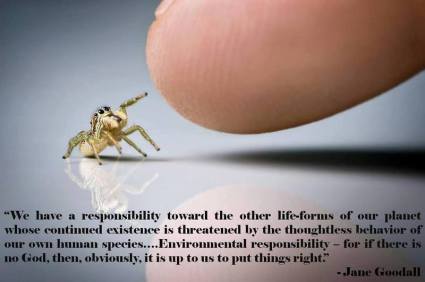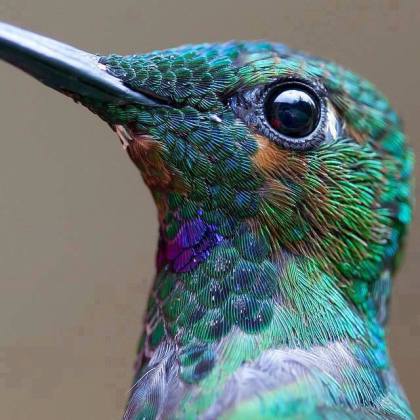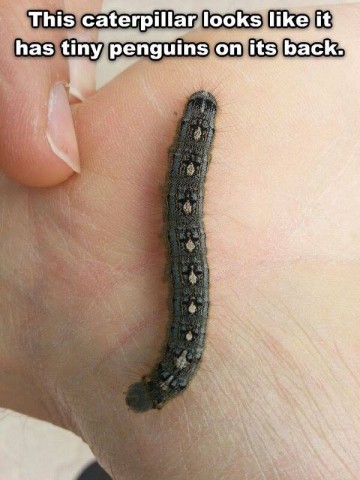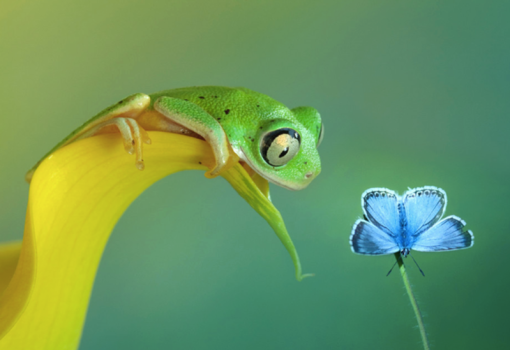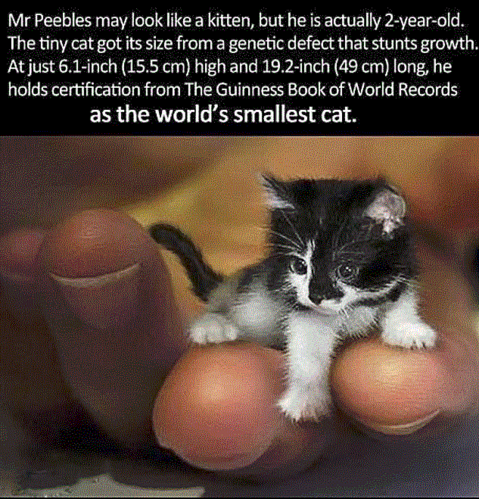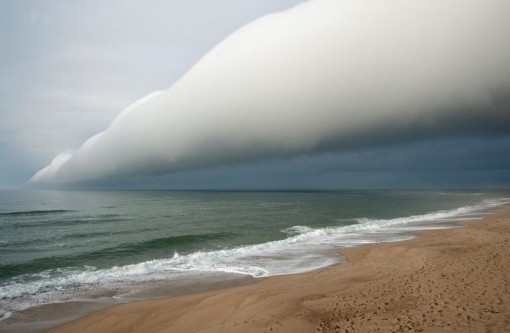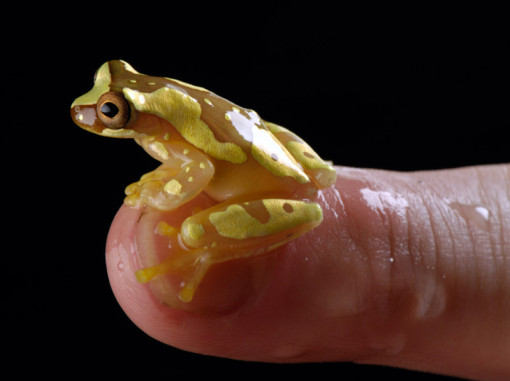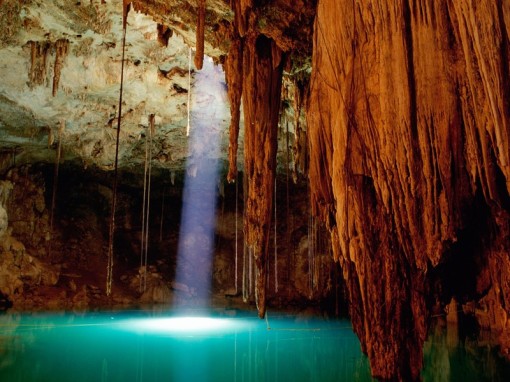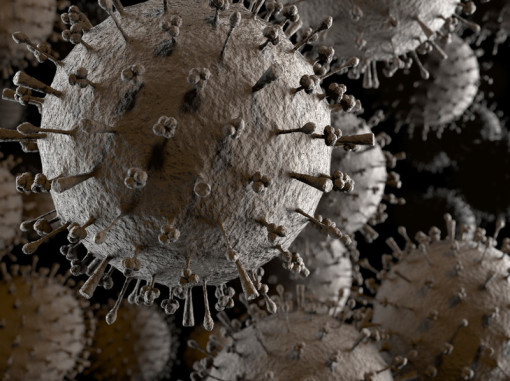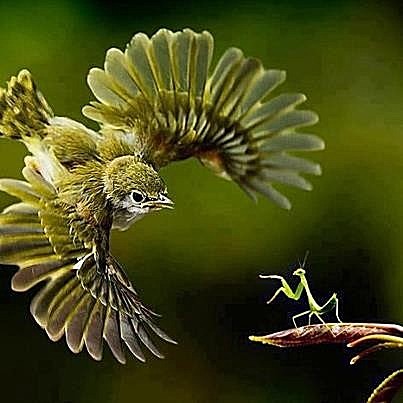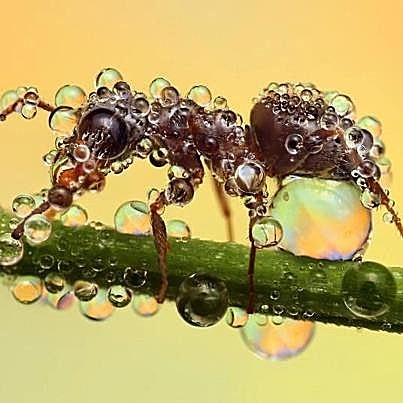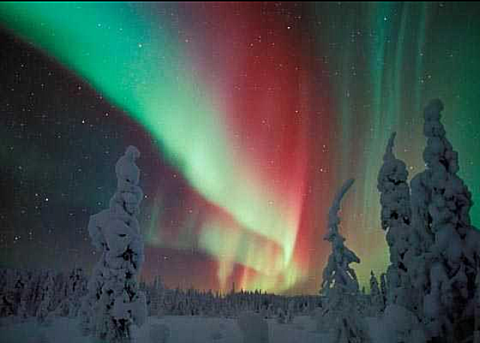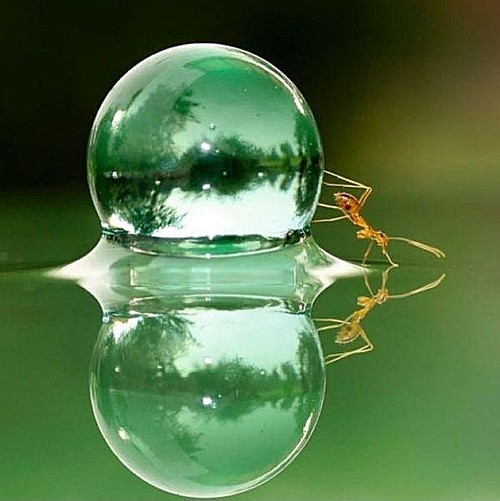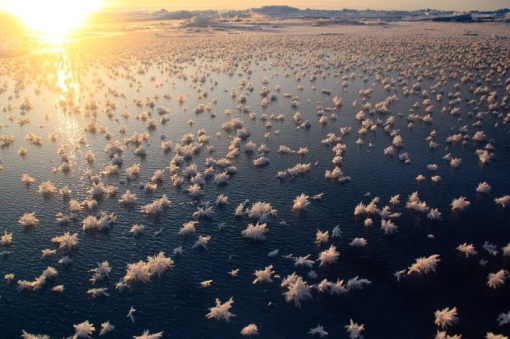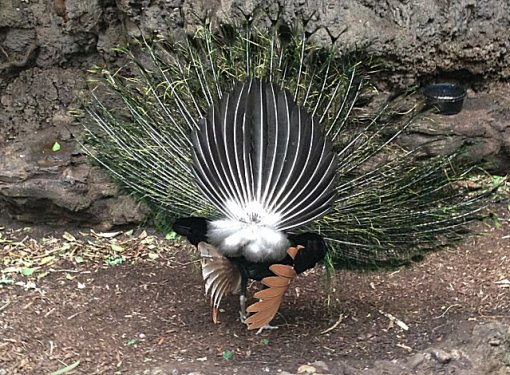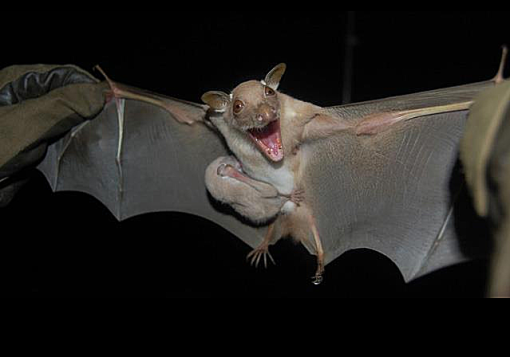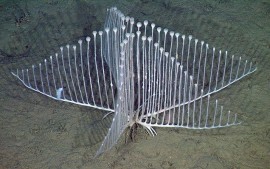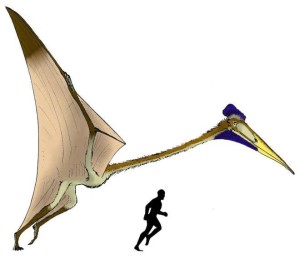The natural world is so beautiful!
(...kinda hard to argue against Intelligent Design)
This is a picture of a "fire rainbow." Technically, it is known as a circumhorizontal arc which is an optical phenomenon caused by clouds containing water and ice droplets of nearly uniform size. The clouds defract sun light which separates the light into different wavelengths which we perceive as different colors. This is quite different from rainbows which are a result of refraction - bent by passing through mediums of differing density.
This is a harp sponge, only recently described for the first time. Most sponges filter ocean water for bacteria, but this one has Velcro-like barbs on branch looking appendages which grab tiny crustaceans as they swim past. As sponges don't have a digestive cavity, the prey is then surrounded by digestive cells which slowly digest it.
The pterosaur Quetzalcoatlus is the largest flying creature ever discovered. It had a 34 foot wingspan - about the same as an F-16 fighter jet.
Researchers have long been puzzled by how such a huge creature could ever have gotten off of the ground. A new computer model suggests that it only would have been possible if the pterosaur made use of cliffs and downward facing natural 'runways'.

